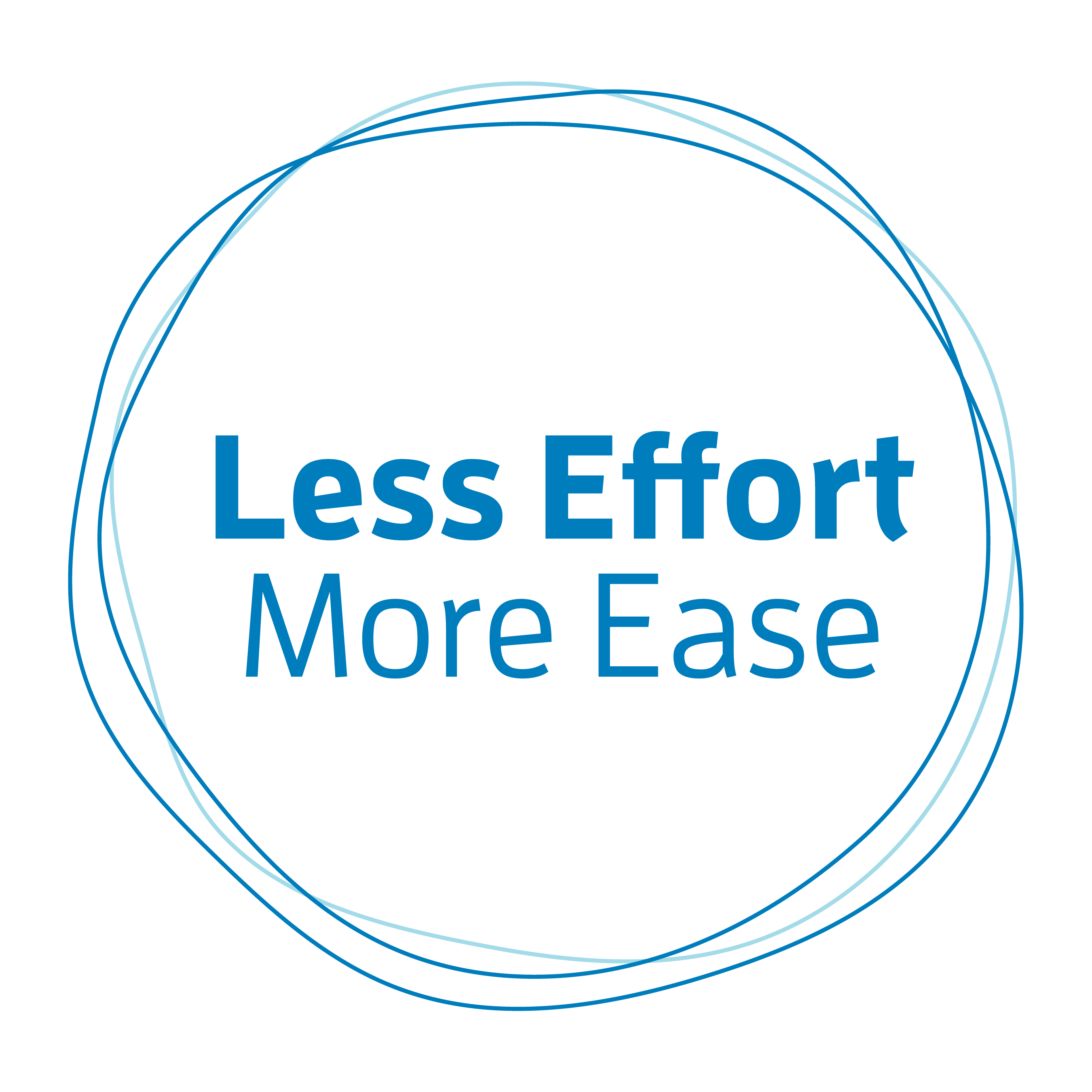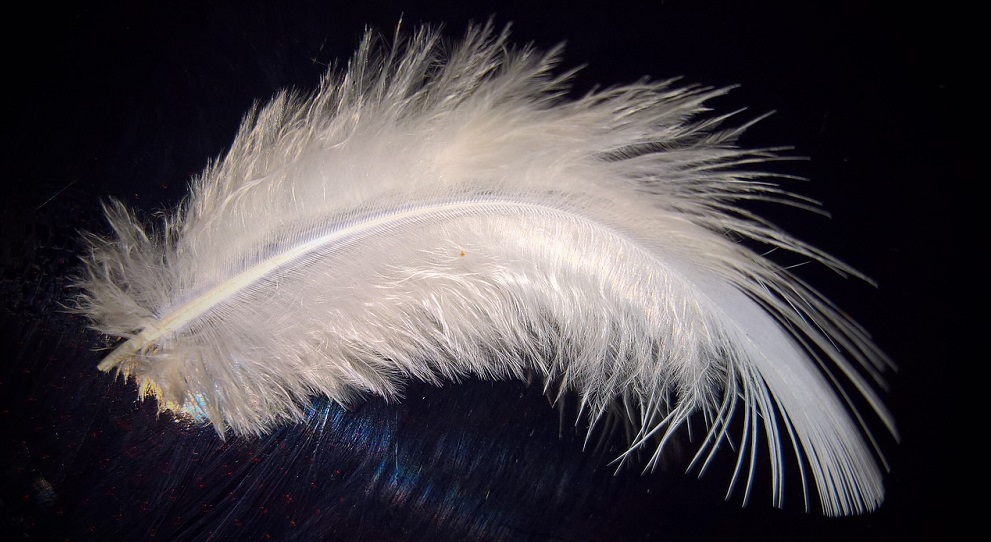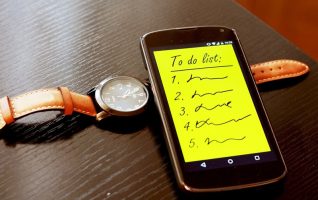Here is a fun experiment to try.
I am going to ask you to do something. And that something is to go for a walk.
So, find a large enough space where you have room to walk around comfortably for about 30 seconds. Heck if its nice out, go outside.
Although you are going to walk in this experiment, the experiment is not so much about the activity of walking per se—it is about how changing what you think may change your experience of the activity of walking.
You are going to go for a walk three times.
Each time for 30 seconds.
Each time you are going to think a different instruction for your posture.
It is important that you keep the instruction in mind as best you can throughout your walk. But if your mind wanders, which the mind tends to do, just come back to the instruction.
In your first walk, give yourself the instruction: “Relaxed”
Walk as if you are feeling tired and heavy, it is the end of a long day and nobody is watching and going to tell you to straighten up.
In your second walk, give yourself the instruction: “Effortful”
Use muscular effort to pull yourself up to your greatest height as you walk; feel your core muscles activate.
In your third walk, give yourself the instruction: “Lighten up”
As you walk, allow your bones to send you up; let your head float on top of your spine
Give it a go and see what happens.
Remember this is an experiment. Be curious. There is no getting it right.
Notice if your experience of the walk is different depending on the instructions you are thinking.
Specifically, consider how your balance, breathing, and your overall ease of movement is from one walk to the next.
The Alexander Technique has been described by the American philosopher John Dewey, as “thinking in activity”. And if you just conducted the above experiment, with yourself as the subject, you were exploring “thinking in activity”.
Study and practice of the Alexander Technique are primarily about getting good at choosing what you think. And learning ways to think that facilitate more ease in whatever activity you are doing.
What you just explored was based on and adapted from a study conducted by Rajal G. Cohen, Daniel Kral, and Jason L. Baer at the University of Idaho and Anita N. Vasavada from the University of Washington.
Rajal is an Alexander Teacher and a professor at the University of Idaho where she runs the Mind in Movement Laboratory.
Image of feather: schankz/Shutterstock




